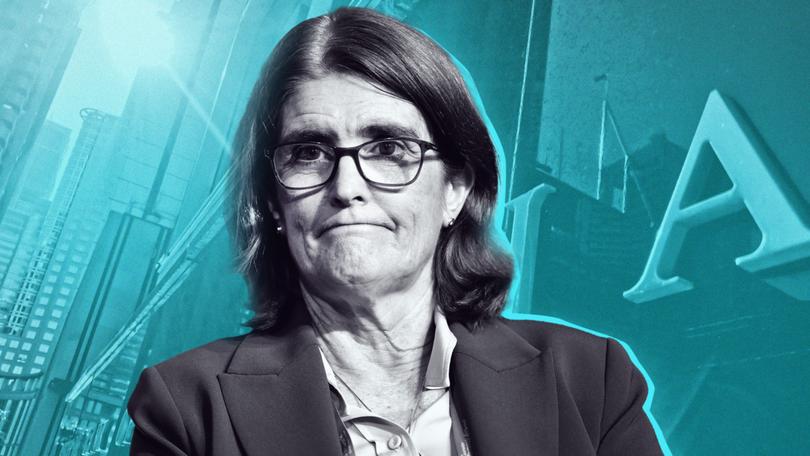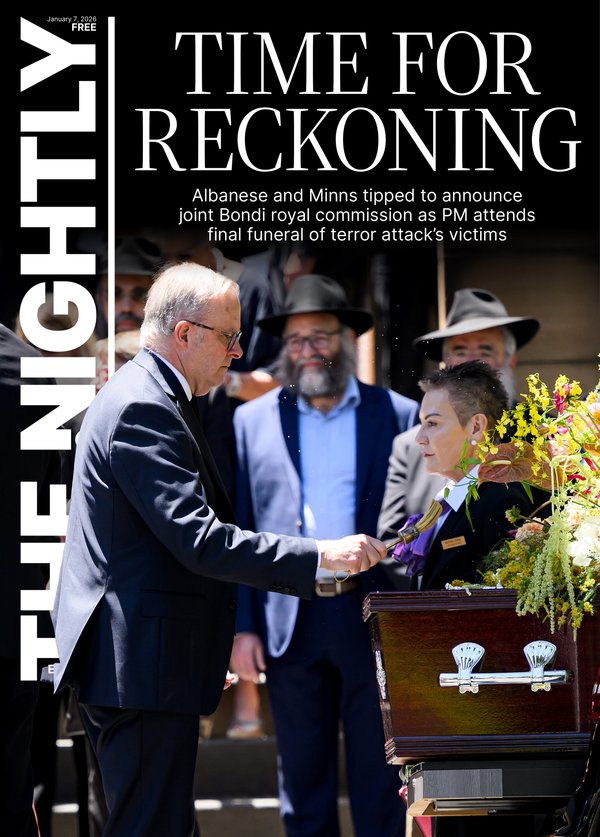Underlying inflation at three-year low but RBA unlikely to budge

A sharp, taxpayer-funded drop in power bills has helped ease inflation but the Reserve Bank will need a far stronger signal before cutting interest rates.
Headline inflation — which tracks overall cost of living pressure — fell to 2.7 per cent for the year to August, according to Australian Bureau of Statistics data released on Wednesday.
The Reserve Bank’s preferred core inflation metric — stripping out electricity and fuel — notched a third fall in as many months and was at the lowest level in 2½years.
Sign up to The Nightly's newsletters.
Get the first look at the digital newspaper, curated daily stories and breaking headlines delivered to your inbox.
By continuing you agree to our Terms and Privacy Policy.But while the momentum was in the right direction, RBA boss Michele Bullock had already warned on Tuesday that a fall in inflation would need to be sustainable. She talked down the chances of a rate cut in the near future, although the comments were softened from August.
Treasurer Jim Chalmers said on Wednesday Government support had helped slow rents and drive down power bills, as he ramped up his economic message ahead of a Federal Election likely to be fought on cost of living.
“Our policies are a factor here but they are not the only factor,” Mr Chalmers said.
“The story here goes beyond what the government does, but we make policies which are helping in the fight against inflation.
“Whether it is rent, energy rebates, our cost of living policies are an important part of the story but not the whole story here.”
He also touted the Government’s two Budget surpluses — boosted by mega tax windfalls — as helping ease inflation pressure.
The latest figures come a day after the Reserve Bank held interest rates at 4.35 per cent as it seeks to get inflation back to target for good.
The ANZ’s senior economist Catherine Birch said the data revealed that inflation in services — items including rent and schools — was higher than expected.
“We doubt today’s number will materially impact the RBA’s thinking,” she said.
Shadow Treasurer Angus Taylor argued the latest figures showed “we’re no closer to an interest rate cut than we were yesterday”.
“Core inflation hasn’t reached the target band,” he said.
“This government (has done) what it always does, which is it deals with the symptom and not the source of the problem.
“Any reduction by dealing with the symptom will just turn into a surge down the track.”

Markets have reportedly showed an 80 per cent chance of a rate cut by the end of the year as traders ratcheted up bets on relief. And some economists said on Wednesday the figures showed inflation momentum was in the right direction.
Moody’s Analytics economist Harry Murphy Cruise said the likelihood borrowers would need to wait beyond February for rate cuts had now declined but he warned homeowners not to get ahead of themselves.
“The August inflation print gives plenty of reason for some cautious optimism,” he said.
“The drop in headline inflation to back within target wasn’t a surprise; government rebates and temporary cuts to public transport costs were always going to do the heavy lifting in pulling down the headline measure.
“But it’s the strong progress on underlying inflation, which strips out some of these government-funded price distortions, that will put a spring in the step of those at Martin Place.”
Saxo Asia Pacific senior trader Junvum Kim said easing price rises would give the RBA more flexibility and increase the likelihood of an earlier rate cut, while Betashares chief economist David Bassanese said the chance of a pre-Christmas cut had marginally increased.
“All up, today’s results were encouraging but not yet enough to suggest the RBA can bring forward interest rate cuts to this year,” he said.
“We’ll need to see a consistent trend of subdued inflation in the monthly CPI reports — and confirmed by at least one quarterly CPI report — before the RBA might be persuaded to change its tune.”
